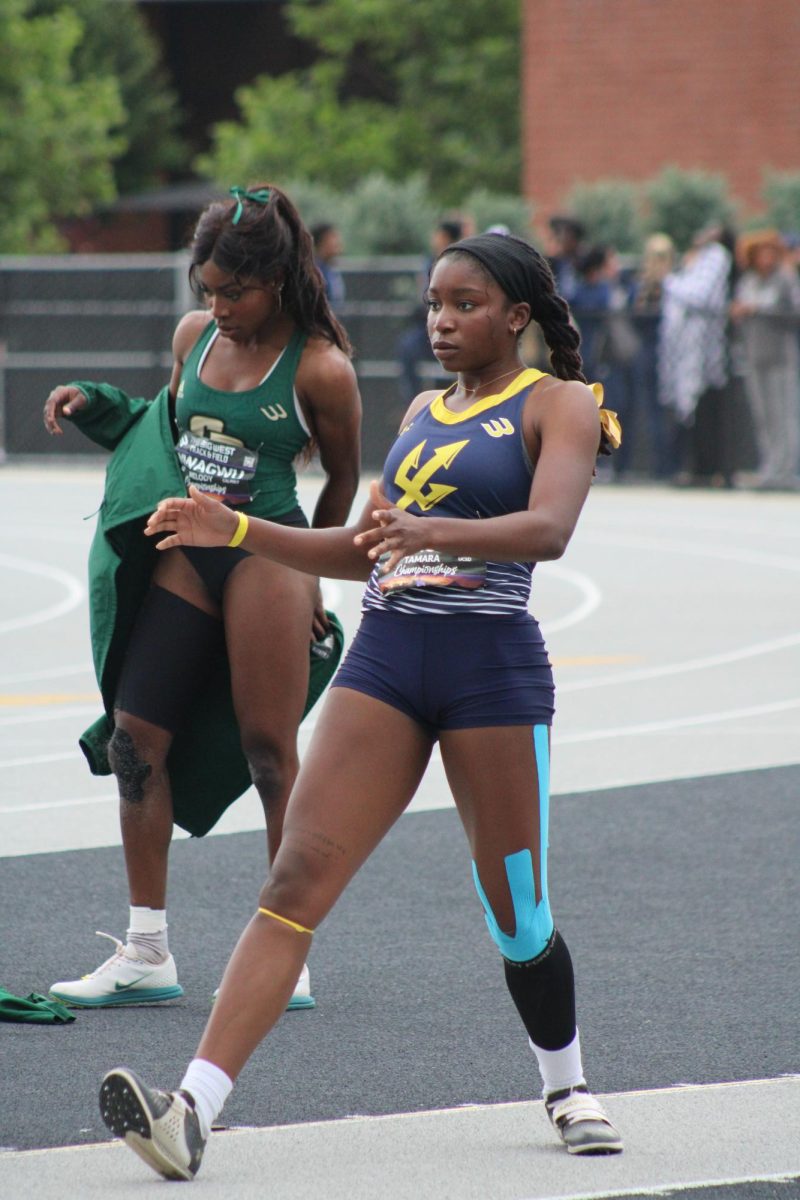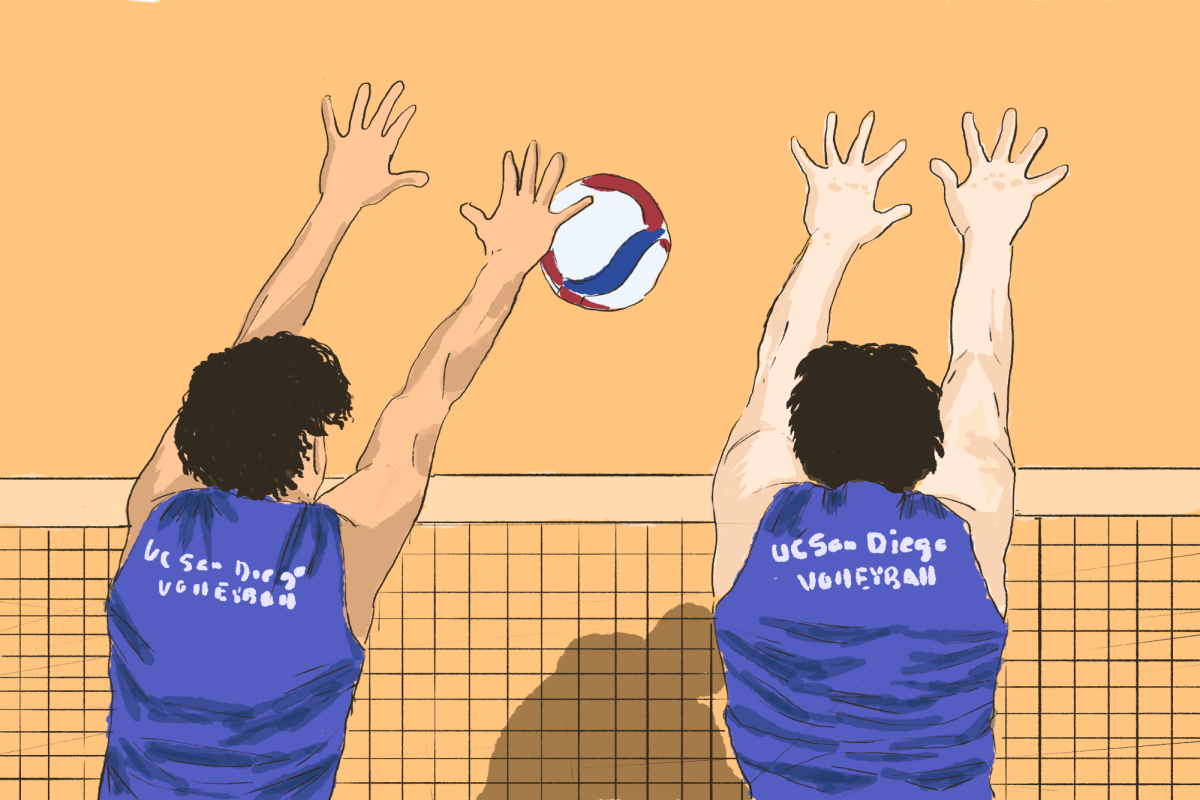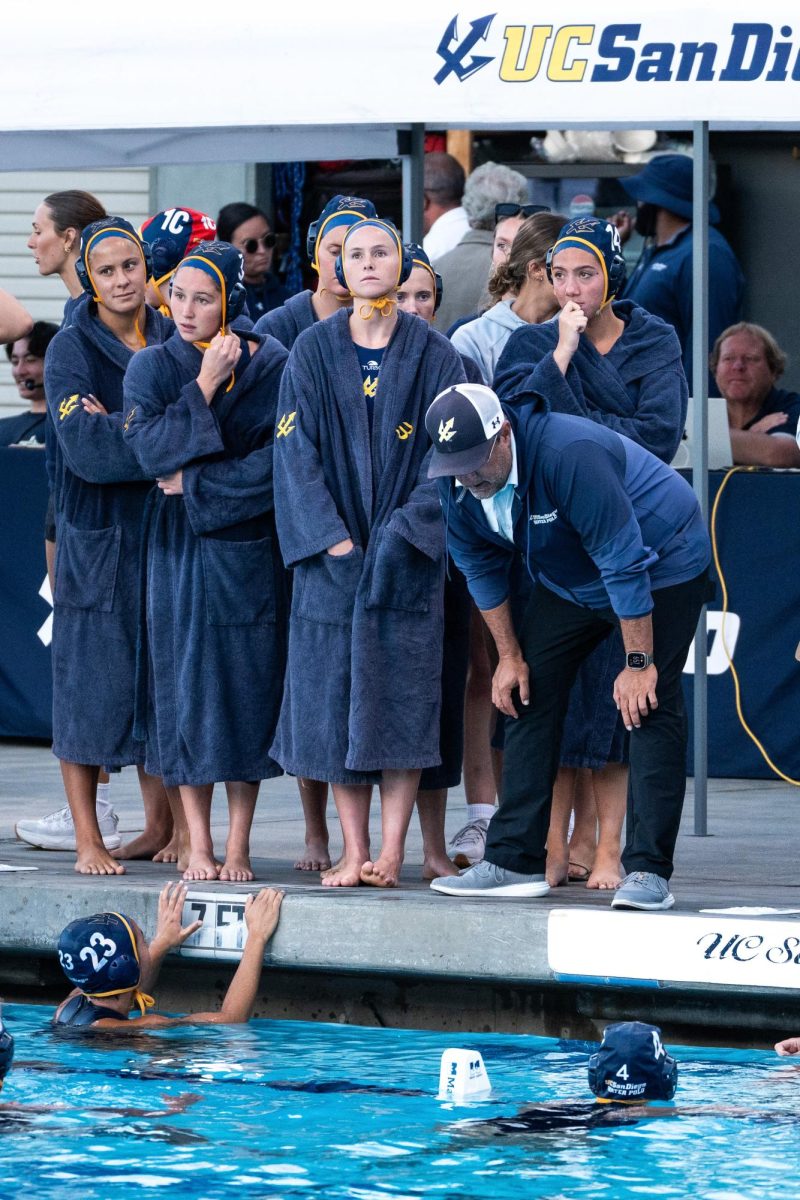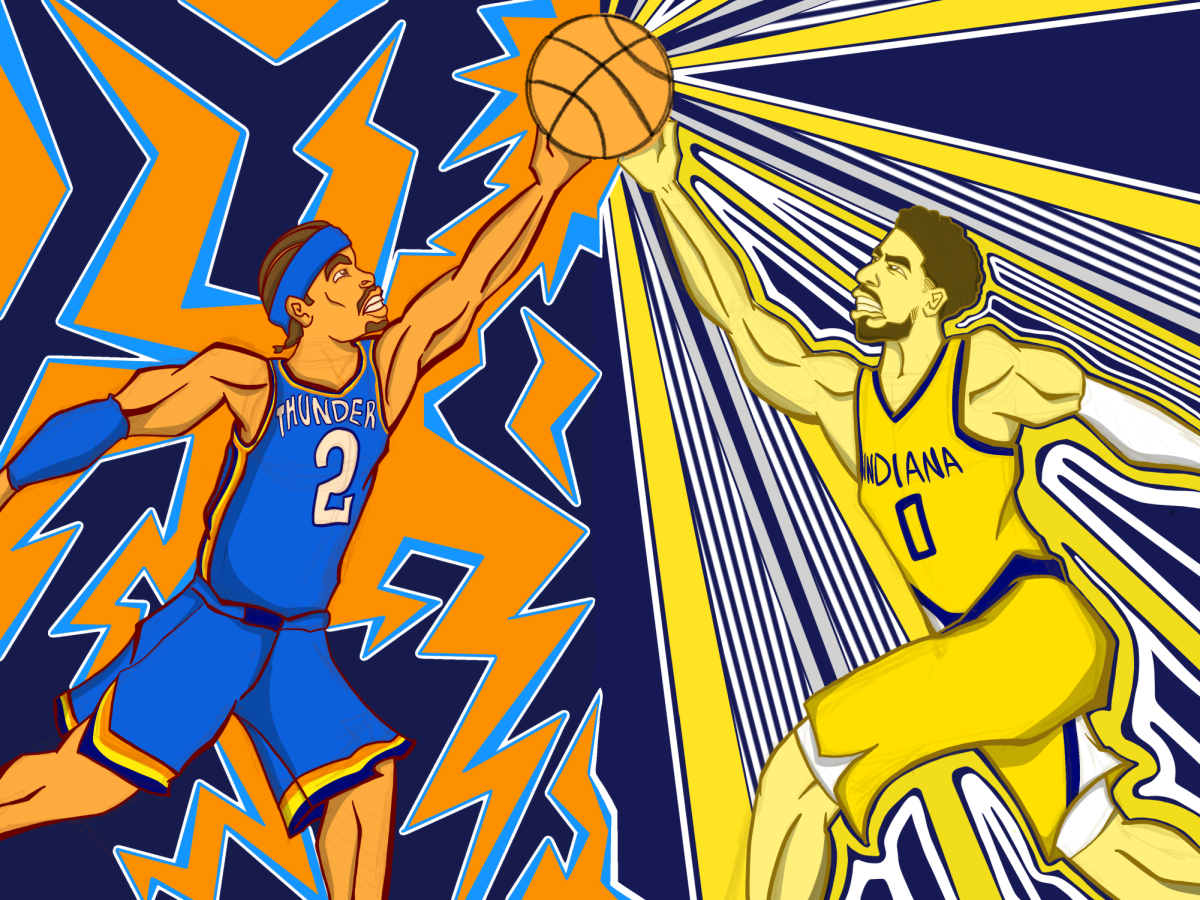Last Monday, it was reported that Sports Illustrated published AI-generated articles, replete with fake author bios and headshots in the byline. Drew Ortiz, who “likes to say he grew up in the wild,” is a product of binary code. “His” Sept. 2022 article rating the best volleyballs on the market reads like it was written by ChatGPT. While S.I. has since claimed all articles on the site have been written and edited by humans, the AI scandal represents yet another step in Sports Illustrated’s fall from grace.
The monthly Sports Illustrated magazine used to be eagerly awaited. The iconic brand introduced the world to LeBron James in 2002, dubbing him the “Chosen One” as a high school junior. Legendary journalists plied their trade at S.I., often using the guise of sports to share compelling, human stories. For a time, S.I.’s long-form features were the pinnacle of sports journalism, revered by fans and critics alike.
Yet steady declines in revenue culminated in an ownership change in 2019. Since then, Sports Illustrated’s illustrious brand has been reduced to a de facto fan blog. Its (human) writers still produce quality content, yet most of the site’s articles are essentially monetized clickbait, with fleeting relevance toward sports. The revelation of AI-generated articles published by Sports Illustrated is tragic, yet somewhat unsurprising — particularly given the trajectory of the sports journalism industry as a whole.
The dire fate of sports journalism can be traced in two strands: print and television. Print journalism was the industry standard until the turn of the century. Local and national newspapers each carried multiple beat writers and columnists dedicated to, at the time, the four major American sports. Without social media and accessible live information, fans would turn to printed game recaps if they couldn’t watch their favorite teams; newspapers were essential reading for American sports fans.
The influence and prominence of national sportswriters garnered the attention of television executives. ESPN, the self-proclaimed “worldwide leader in sports,” was essentially born out of newsrooms — iconic shows like “Pardon the Interruption,” “Around the Horn,” and “Sports Reporters” were initially run by journalists. The long-form feature shifted from magazines like S.I. to programs like “Outside the Lines” and “30 for 30,” which broadcast captivating stories to a wider audience.
The growth of television and the advent of social media lessened the need for sports journalism in newspapers and magazines. Even high-profile publications have closed their sports desks, including The New York Times in 2023. Companies like The Athletic that do promote written sports journalism often hemorrhage money, thus forced behind paywalls and subject to layoffs. Distinguished writers have turned to Substack and social media, but this is hardly a feasible way for up-and-coming journalists to gain traction.
Previously, sports fans could rely on television companies to fill this journalistic vacuum. Yet in the last few years, brands have turned toward entertainment rather than honest storytelling. ESPN’s most popular show is “First Take,” where Stephen A. Smith (a former journalist himself) and an assortment of rotating co-hosts yell at each other for two hours. It is fun, entertaining, and journalistically wrong.
ESPN’s rejection of journalism is best illustrated by its recent business moves. Amid an exodus of sportswriters, ESPN announced its entry into the gambling industry with ESPN BET. While this decision may be more lucrative for ESPN’s profit model, consumers looking for journalism are instead met with sponsored parlays and gambling advice.
Many of the most popular sports media personalities today are no longer journalists. Adrian Wojnarowski, Shams Charania, and Fabrizio Romano represent a new, growing class of information media. Ostensibly they are journalists, but in reality, they are news breakers — embedded with teams and agents to report news as fast as possible, often sacrificing the truth. Other popular brands, for example, Barstool Sports, exist to entertain rather than to inform; Barstool in particular has a tendency to create controversy that most major entities would prefer to avoid.
A significant chunk of the content void has been filled by former and current athletes. These shows are insightful and interesting but embed an inextricable bias. The 2020 documentary “The Last Dance” told the story of Michael Jordan’s Bulls dynasty, receiving critical acclaim. However, later reviews argued much of the documentary was misleading, in no small part due to Jordan’s involvement in the final cut. Jordan was portrayed in a way that wasn’t particularly accurate, and viewers missed out on the real story.
Ultimately, the decline of sports journalism may have been inevitable. Today’s content is more entertaining and more accessible than a 2500-word column. The decisions made by brands like ESPN and Sports Illustrated are simply in response to consumer demand; people simply do not care whether their sports content is journalistically accurate. However, whether or not one believes in the importance of sports journalism, impartiality is being lost in the media landscape. Human voices may be next, although for now, AI-generated content is still quite soulless. Sports journalism’s persistent decline is unlikely to be interrupted, and fans are worse off for it.










